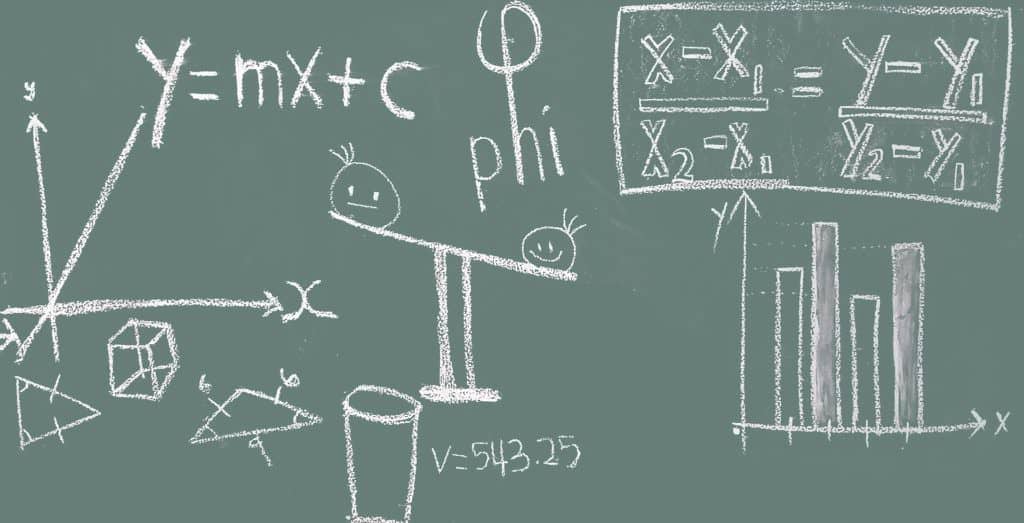If North Carolina were to secede from the union and become an independent country — no, conspiracy theorists, I’m not actually proposing this as a reasonable response to recent political events — how would our education system rank among the other developed nations of the world?
There’s no need for a speculative answer to this hypothetical question. Last year, the Organization for Economic Cooperation and Development (OECD) administered its latest round of math, reading, and science tests to more than half a million 15-year-olds across dozens of countries.
Known as the Program for International Student Assessment (PISA), these exams give policymakers one way of assessing their schools’ relative performance as well as some useful insights about what policies or factors tend to be associated with high student achievement. For the 2015 tests, both North Carolina and Massachusetts had enough of their students tested to allow for independent comparisons of their performance to that of other nations, rather than just as part of the nationwide sample.
The United States is best described as a middling performer in reading and science. In both cases, its mean scores are within a few points of the OECD average, and about as many countries ranked above it as below it. In math, unfortunately, American students are much worse off, ranking significantly below those of most other OECD countries.
North Carolina, it turns out, is fairly representative of America’s educational standing. We also rank about in the middle in reading and science, with North Carolinians faring a little worse in reading and a little better in science than other American kids. Our weakest point, again, is math. Only four OECD countries — Chile, Mexico, Greece, and Turkey — rank below North Carolina in that subject. (The other state participant, Massachusetts, is a high achiever in all three subjects.)
Julie Kowal, vice president of policy and research at the education nonprofit BEST NC, describes these gaps in the following terms: “In the highest-performing OECD countries, 90 percent of students meet basic proficiency levels – meaning they demonstrate knowledge and skills that enable them to participate actively in relevant life situations. In North Carolina and the U.S. as a whole, roughly 80 percent of students attain basic proficiency in reading and science on PISA; 70 percent of students attain basic proficiency in math.”
Raising by 10 to 20 points the share of our students possessing basic skills is a challenge, but hardly an impossible one. How can North Carolina do it? While I’m not against spending money on our highest priorities, don’t assume that variations in test scores simply reflect variations in expenditure. Indeed, many high-performing countries spend less per pupil than North Carolina does. And the 2015 PISA report observed that for most OECD countries, “factors other than the level of investment in education are better predictors of student performance” and that the relationship between student performance and teachers’ salaries relative to per-capita national income “is not statistically significant.”
Teacher quality is, of course, paramount. But it’s about more than pay. PISA findings suggest that effective programs to keep teachers learning throughout their careers show strong relationships to student success, as do strategies for encouraging teacher collaboration. Conservatives will be pleased to learn that the extent of competition among schools is associated with higher scores, although not in all the participating countries. Progressives will be pleased to learn that prior enrollment in preschool is also associated with higher scores.
The PISA data are consistent with more carefully designed studies that show how important it is to build proper incentive structures for school governance and accountability. For example, school principals should be given more authority over their employees, budgets, and school policies, but only if they are properly trained to exercise it.
Although North Carolinians may disagree about education policies and priorities, there is little debate about the benefits of school reform. We know that the competitiveness of our economy, the strength of our families and communities, and the health of our republic depend on getting it right.
Editor’s Note: The John William Pope Foundation supports the work of EdNC.



